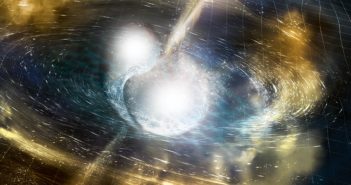
AAS 231: Day 2
This week we’re at the winter AAS meeting in National Harbor, MD. Here are the highlights from Day 2!

This week we’re at the winter AAS meeting in National Harbor, MD. Here are the highlights from Day 2!
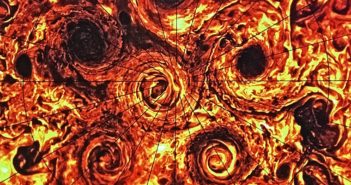
This week we’re at the winter AAS meeting in National Harbor, MD. Here are the highlights from Day 1!

This week we’ll be bringing you updates from the 231st AAS meeting in National Harbor, MD.
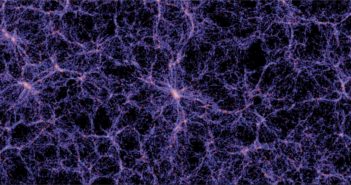
How does the absence of galactic neighbors influence galaxy evolution? To answer this question, a new study explores the properties of galaxies in cosmic voids.

Enormous, cool stars like Betelgeuse can inform studies of stellar evolution, supernovae, gravitational waves, and more! Dr. Emily Levesque reveals what we can learn from red supergiants in her new ebook.
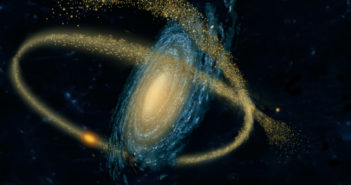
Astrobites reports on how we might learn about the speed of nearby dark matter by tracking metal-poor stars.

Astronomers have discovered that an intriguing quadruple star system is younger than was originally thought.
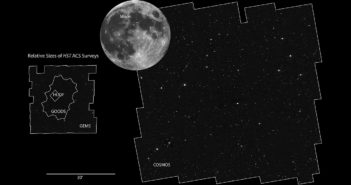
A catalog of sources has been built using the Cosmic Assembly Near-infrared Deep Extragalactic Legacy Survey (CANDELS), a survey carried out by cameras on board the Hubble Space Telescope.
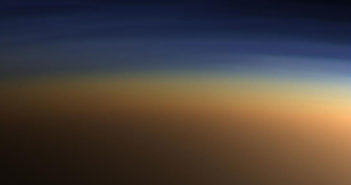
Negatively charged molecules in the atmosphere of Saturn’s largest moon may help us understand more about how life eventually formed on Earth.
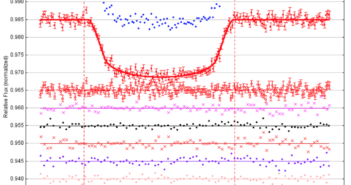
Want to process, model, and plot astronomical image data? With AstroImageJ, you don’t need to be a professional astronomer to get started analyzing your own images.
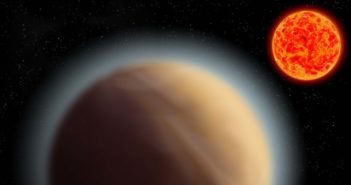
An atmosphere has been detected for the first time around a roughly Earth-sized exoplanet.
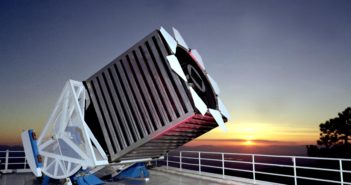
The prolific Sloan Digital Sky Survey has entered its fourth iteration, SDSS-IV, in its mission to map out both our own galaxy and the distant universe.